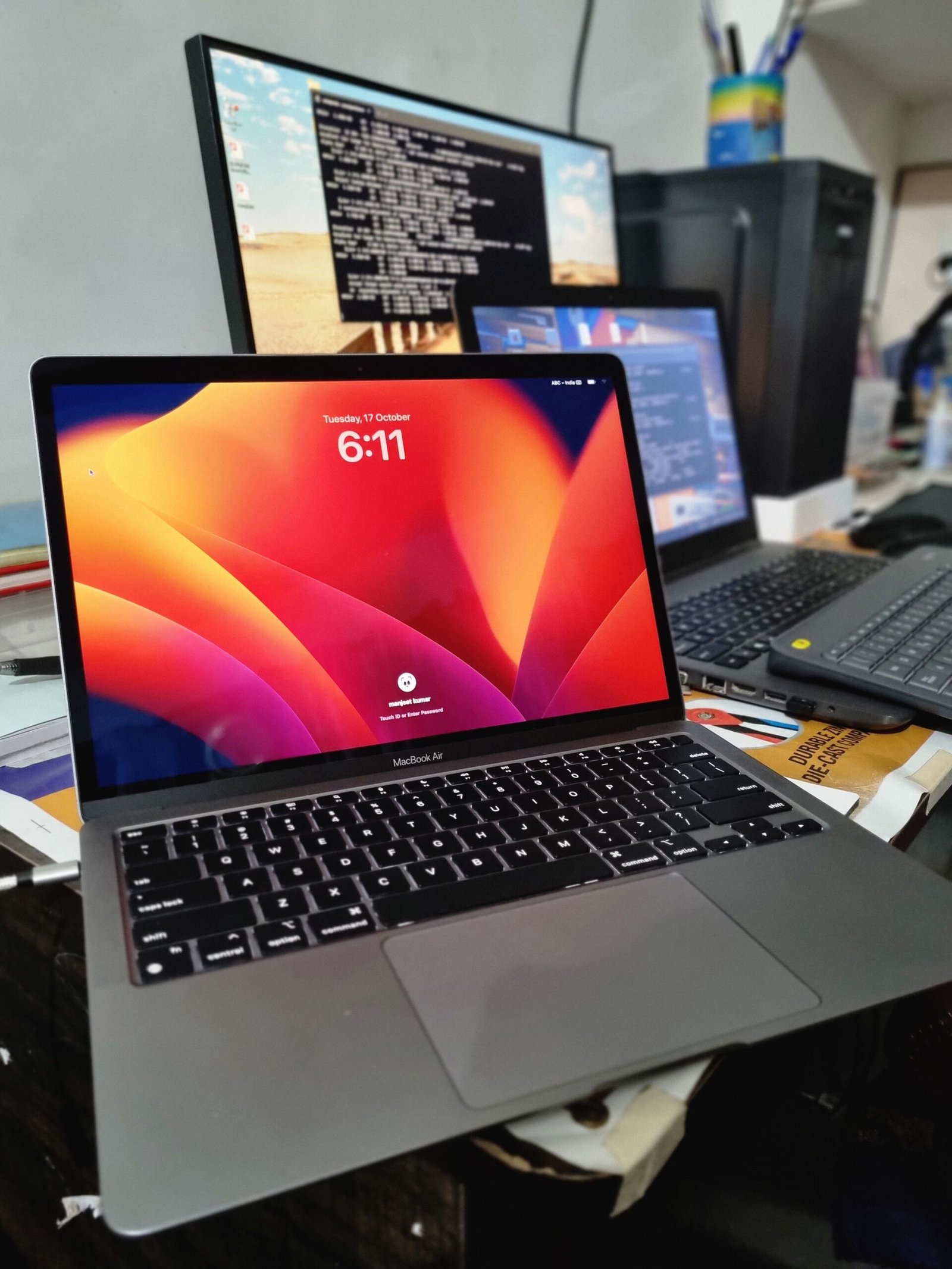iPad Air (2019) 64GB Wi-Fi: A Comprehensive Long-Term Review
Comprehensive Review: iPad with A12 Bionic Chip
I’ve been using the iPad Air 3 since 2019, and it continues to perform smoothly without any lag. Simply closing and opening the cover wakes it up instantly. This device is perfect for reading, taking notes, listening to music, watching videos, and even drawing.
For reading, the experience is elevated when opening PDFs in the Books app; it’s incredibly smooth, making reading a delight. Note-taking with the Apple Pencil is fantastic, far surpassing traditional methods. The Apple Pencil is versatile, great for taking notes, signatures, drawing, and much more.
All apps, including third-party ones, run seamlessly, ensuring a fluid user experience. File and document transfers to my MacBook are impressively fast, saving me valuable time.
However, the camera quality is not very good for video calls and meetings. While it is adequate for casual use, it doesn’t quite meet the standards of higher-end devices for professional video conferencing.
Overall, the iPad Air 3 is a reliable, versatile tool that excels in most tasks, particularly in reading and note-taking with the Apple Pencil.
Lets dive deep into the specs and performance:
The iPad equipped with the A12 Bionic chip stands out as a versatile and powerful device, blending advanced technology with sleek design. This review delves into its display, performance, camera capabilities, power and battery, physical dimensions, and additional features to provide a thorough understanding of its specifications and usability.
Display
The iPad features a stunning 10.5-inch Retina display with LED-backlit Multi-Touch technology. The screen boasts a high resolution of 2224×1668 at 264 pixels per inch (ppi), ensuring crisp and vibrant visuals. Key display attributes include:
- Wide Color Display (P3): Delivers a broader color spectrum for more vivid and lifelike images.
- True Tone Display: Adjusts the screen’s color temperature based on ambient lighting for a more natural viewing experience.
- Fingerprint-resistant Oleophobic Coating: Keeps the screen clean from smudges.
- Fully Laminated Display: Reduces glare and enhances the visual experience.
- Antireflective Coating: Minimizes reflections with 1.8% reflectivity.
- Brightness: Peaks at 500 nits, making it suitable for various lighting conditions.
- Apple Pencil Support: Enhances productivity and creativity by enabling precise input.
Performance
Powered by the A12 Bionic chip, this iPad promises robust performance and efficiency. Key features include:
- 64-bit Architecture: Ensures the device can handle complex tasks and multitasking with ease.
- Neural Engine: Enhances machine learning capabilities for smarter performance.
- Embedded M12 Coprocessor: Assists with motion tracking and sensor data processing.
- Hexa-core CPU: Comprises 2×2.5 GHz Vortex and 4×1.6 GHz Tempest cores for a balanced performance.
- Apple GPU (4-core graphics): Delivers impressive graphics performance for gaming and creative applications.
- iOS 12.1.3, upgradable to iPadOS 17.5.1: Provides a seamless and updated user experience with the latest features and security updates. Currently, my ipad is on 17.4.1 version and expected to get some more updates.
Geekbench scores are listed here
Click here for full scores: Ipad air 3
| Single-core CPU score 1340 | Multi-core CPU score 2976 |
Camera
The iPad is equipped with advanced camera systems to capture high-quality photos and videos:
- Rear Camera:
- 8-megapixel sensor with an ƒ/2.4 aperture.
- Features a five-element lens, hybrid IR filter, and backside illumination.
- Capabilities include Live Photos, wide color capture, autofocus, panorama (up to 43 megapixels), HDR, exposure control, burst mode, tap to focus, timer mode, and auto image stabilization.
- Photo geotagging adds location data to your shots.
- Video Recording:
- Supports 1080p HD video recording.
- Slo-mo video at 240 fps.
- Time-lapse with stabilization, video image stabilization, 3x video zoom, and video geotagging.
- FaceTime HD Camera:
- 7-megapixel sensor with an ƒ/2.2 aperture.
- 1080p HD video recording at 30 fps.
- Features Retina Flash, wide color capture, auto HDR, burst mode, exposure control, and timer mode.



Power and Battery
The iPad ensures long-lasting usage with its built-in 30.2-watt-hour rechargeable lithium-polymer battery:
- Wi-Fi Models: Up to 10 hours of web surfing, video watching, or music listening.
- Wi-Fi + Cellular Models: Up to 9 hours of web surfing using cellular data.
Charging is convenient via the included power adapter or a USB connection to a computer system.
Size and Weight
The iPad’s dimensions and weight make it a portable and easy-to-handle device:
- Height: 9.8 inches (250.6 mm)
- Width: 6.8 inches (174.1 mm)
- Depth: 0.24 inches (6.1 mm)
- Weight: 1.0 pound (456 grams) for Wi-Fi models
Capacity and Finish
The iPad offers two storage options and is available in three elegant finishes:
- Storage:
- 64GB with 3GB RAM
- 256GB with 3GB RAM
- Finish:
- Space Gray
- Silver
- Gold
Additional Features
- Connectivity: Lightning and USB 2.0 ports.
- Build: Features a glass front, aluminum back, and aluminum frame for a premium feel.
- SIM: Supports Nano-SIM and eSIM for cellular models.

Conclusion
The iPad with the A12 Bionic chip is a well-rounded device that caters to a wide range of users, from casual consumers to professionals. Its high-resolution Retina display, powerful performance, advanced camera systems, and long battery life make it a versatile tool for both work and play. The additional support for Apple Pencil further extends its functionality, making it an excellent choice for those looking to enhance their productivity and creativity. The major drawbacks include the use of a Lightning cable, which, while offering fast connections for charging and Apple Pencil connectivity, falls short of the versatility that a USB-C port would provide. Additionally, the standard 64GB storage is insufficient at this price point; 128GB should be the minimum standard. Apple tends to offer limited storage options despite the higher prices of iPads and MacBooks. The 256GB model with Wi-Fi and cellular capabilities is particularly expensive, making it less accessible for many users.




